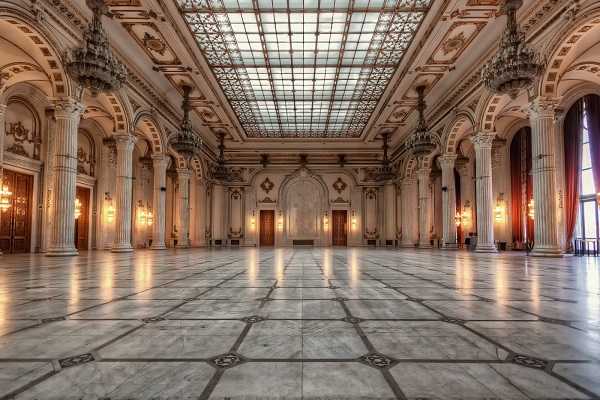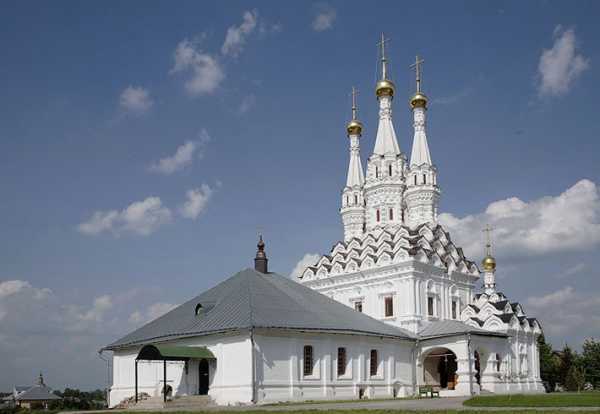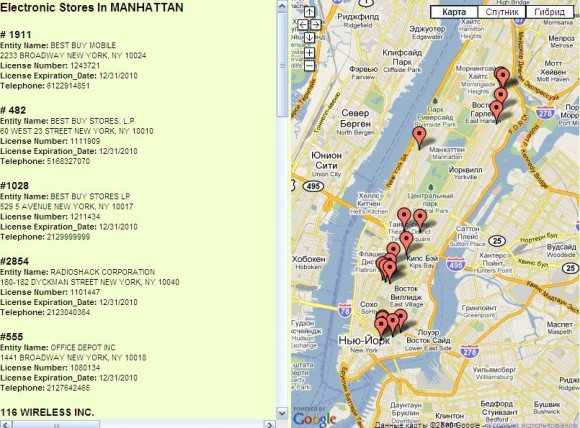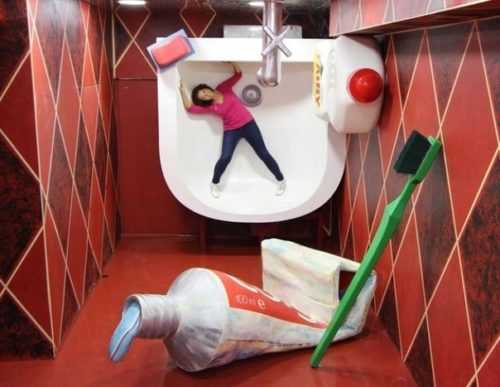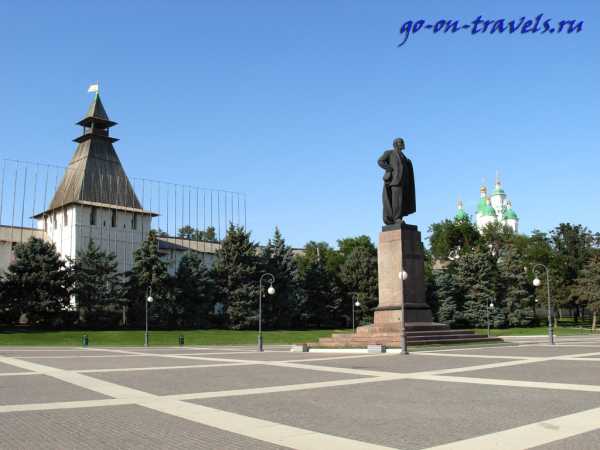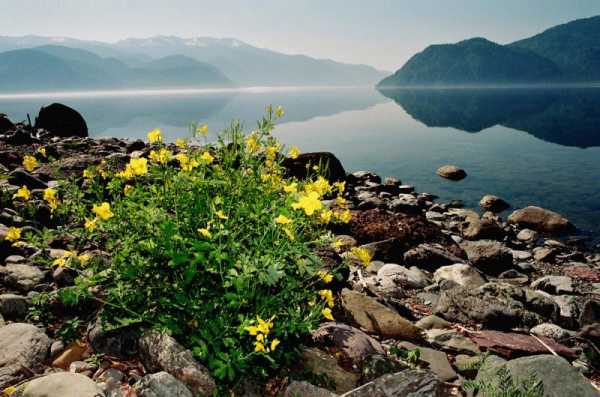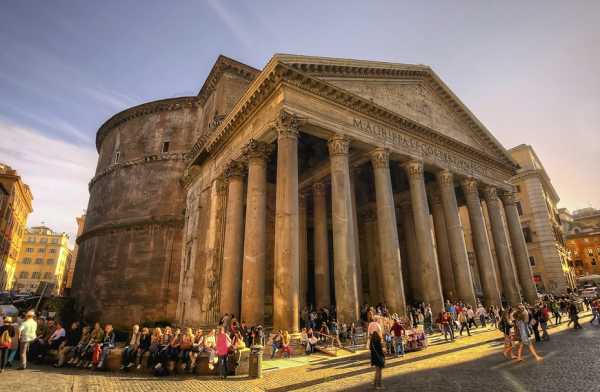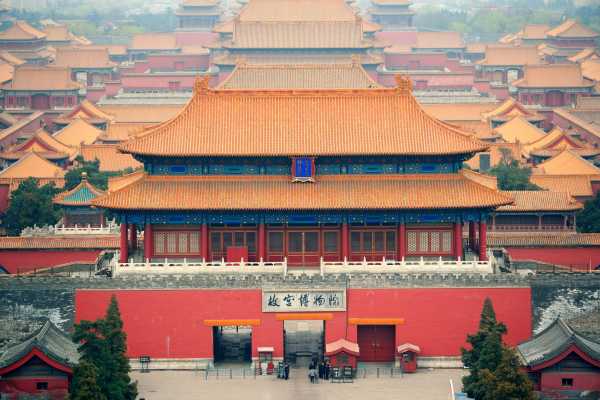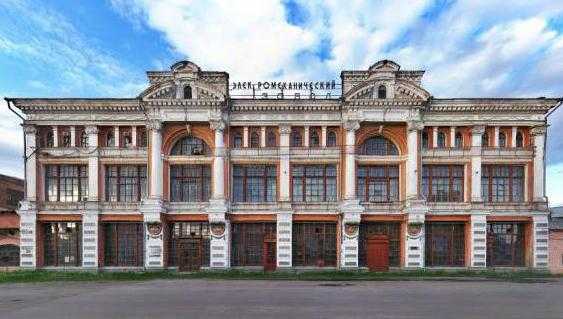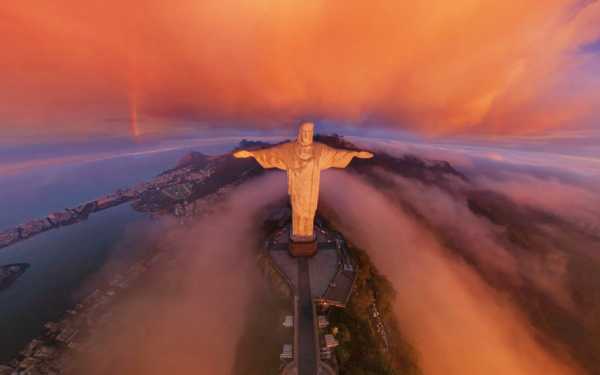 |
 |
 |
 |
|
Тема Волгоград на английском языке: достопримечательности, рассказ о городе. Достопримечательности волгограда на английском языкеТема Волгоград на английском языке: достопримечательности, рассказ о городеVolgograd is the capital of the Volgograd region [Волгэгрэд ис зэ кэпитал оф зэ Волгэград риджин] – Волгоград это административный центр Волгоградской области. The city is the longest one in Russia, it is length is about 90 kilometers [Зэ сити ис зэ лонгест уан ин Раша, ит ис ленф ис эбаут найнтин километэрс] – Этот город является одним из самых протяженных в России, его протяженность составляет около 90 километров. The city was built as a fortress in 1589 and called Tsaritsyn [Зэ сити вос билт эс э фотрис ин фивтин эйтин найн энд колд царицын] – Город был основан как крепость в 1589 году и назван Царицын. In 1925 the city received a new name, Stalingrad [Ин найнтин твенти файв зэ сити ресивд э нью нэйм, Стэлингрэд] – В 1925 году город получил новое название, Сталинград. Volgograd has the status of “Hero City” [Волгэгрэд хэс зэ статус оф хироу сити] — Волгоград имеет звание Города-героя. In 1942 the city became the scene of an epic battle of World War II [Ин найнтин фоти ту зэ сити бикейм зэ сцин оф эн эпик батл оф Ворлд Вор ту] – В 1942 году город стал ареной легендарной битвы Второй Мировой Войны. Square of the Fallens [Сквэа оф зэ фолэнз] — Площадь Павших борцов It is the central and largest square of Volgograd [Ит ис зэ сэнтрал энд ладжест сквэа оф Волгэгрэд] – Это центральная и самая большая площадь Волгограда. The Mamai Hill [Зэ Мамэй Хилл] – Мамаев Курган It is a symbol of the city, architectural-and-sculptural complex is about 26 hectares [Ит ис э симбол оф зэ сити акитэкчэ-энд скалптчурал комплекс ис эбаут твенти сикс хэктэз] – Это символ города, архитектурно-скульптурный комплекс занимающий около 26 гектар. The Motherland Calls [Зэ мазэлэнд колс] – Родина Мать зовёт The height of this sculpture is 85 m [Зэ хейт оф вис скалпчэ ис эйтин фивтин метэс] – Высота этой скульптуры составляет 85 метров. It is the tallest statue of a woman in the world [Ит ис зэ толест статью оф э вумен ин зэ ворлд] – Это самая высокая статуя женщины в мире. Volga–Don Canal [Волгэ-Дон кэнэл] — Волго-Донской канал The canal connects the Volga and the Don rivers [Зэ кэнэл конэктс зэ Волга энд зэ Дон риверс] – Этот канал соединяет реки Волгу и Дон. Volga-Don Canal opened in 1952, the length of the waterway is 101 km [Волга-Дон кэнэл оупенд ин найнтин фивтин ту, зэ ленф оф зэ вотэвэй ис уан хандрид энд уан] – Волго-Донской канал открыт в 1952 году, протяженность водных путей составляет 101 км. The Heroes` Alley [Зэ хирос Алли] – Аллея героев On one side of the Alley a memorial to 192 heroes of the Soviet Union born in Volgograd [Он уан сайд оф зэ Алли э мемориал моньюмент ту уан хандрид ту хирос оф зэ Совьет Юнион] – На одной стороне аллеи Мемориал 192 Героям Советского Союза, родившимся в Волгограде. On the other side there is a monument to 127 heroes of the Soviet Union who got the title during Stalingrad Battle [Он зэ авэ сайд вэа ис э моньюмент ту уан хандрид твенти севен хирос оф зэ Совьет Юнион ху гот зэ тайтл дьюрин Стэлингрэд Батл]- На другой стороне есть памятник 127 Героев Советского Союза, которые получили это звание в ходе Сталинградской битвы.
150slov.com ВолгоградМИНОБРНАУКИ РОССИИ Федеральное государственное бюджетное образовательное учреждение высшего профессионального образования «Волгоградский государственный социально-педагогический университет» (АНГЛИЙСКИЙ ЯЗЫК) Volgograd Волгоград 2013 Пособие содержит методические указания и задания по теме «Волгоград (Volgograd)», предназначенные для студентов 1 курса дневного отделения неязыковых специальностей вуза, изучающих английский язык. Составители: доцент кафедры иностранных языков кандидат педагогических наук Н.И. Роговская, доцент кафедры иностранных языков кандидат педагогических наук Т.Н. Сайтимова. составление 2013 г. ContentsUNIT I. The City of Volgograd: General Information………………….. UNIT II. Volgograd Places of Interest…………………………………… UNIT III. Volgograd: Additional Information…………………………... UNIT IV. Revision……………………………………………………….. Unit I. The City of Volgograd: General Information Reading
Vocabularya fortress – крепость to defend – защищать a trade route – торговый путь the most important strategic point – самая важная стратегическая точка to link – связывать to remind – напоминать the Mamayev Hill – Мамаев Курган Pavlov House – Дом Павлова the Destroyed Mill – Разрушенная Мельница a factory – фабрика a plant – завод a sight – достопримечательность the Fallen Fighters` Square – Площадь Павших Борцов the Planetarium – Планетарий the New Experimental Theatre – Новый Экспериментальный Театр the Central Department Store – Центральный Универмаг the Central Embankment – Центральная Набережная the Museum-Panorama of Stalingrad Battle – Музей-панорама Сталинградской битвы an attraction – достопримечательность especially – особенно due to – благодаря
VolgogradVolgograd is situated in the South-East of the European part of Russia on the river Volga. It was founded in 1589 as a fortress, defending trade routes from the Tartars. It was named Tsaritsyn. In the 19-th century it became a big industrial city and one of the most important strategic points in the Russian State. In 1925 the city was renamed as Stalingrad and in 1961 it got the name of Volgograd. The city is famous all over the world for the victory of the Soviet soldiers and officers over the fascists in the Battle of Stalingrad during the Great Patriotic War. Many places of the city are linked with those war days and remind us of them. They are:the Mamayev Hill, Pavlov House, the Destroyed Mill and many others. Volgograd is an industrial city. There are a lot of factories and plants. The city is rich in sights such as the Fallen Fighters` Square, the Planetarium, the New Experimental Theatre, the Central Department Store, the Central Embankment, the Museum-Panorama of Stalingrad Battle and others. As for me my favourite attraction of Volgograd is… because… studfiles.net "My city is Volgograd" ("Мой город – Волгоград")Разделы: Иностранные языки Тип урока: Урок-беседа. Оборудование: учебник, магнитофон, словари, наглядные пособия: карта Волгограда, наглядные пособия достопримечательностей Волгограда, при возможности мультимедийный проектор для демонстрации города и т.п. Цели:
Ход урока: 1. Организационный момент, рапорт дежурного (2 мин.) Teacher: Good afternoon! Sit down, please! What date is it today? Student: Today is … Teacher: Who is absent today? Student: Nobody is absent today. All students are present. All students are at the lesson. Teacher: OK. Fine. Sit down, please. 2. Фонетическая зарядка: Teacher: Look at the blackboard! There are some difficulties on it: На доске заранее подготовлено: The Great Patriotic War, higher educational institutions, Magnificent, legendary Hero-City, serious consequences Hall of Glory, Statue of Motherland, Embankment. Преподаватель читает, и студенты хором повторяют за ним. Teacher: Translate me, please! Преподаватель называет слова или словосочетания, студенты переводят. 3. Постановка темы урока: Teacher: There are many cities in our country, most of them are very beautiful and large. But Volgograd is well-known abroad, because our city is a legendary Hero-City all over the world. And as you have understood the theme of our lesson is “My city is Volgograd” 4. Контроль домашнего задания. Работа над текстом «Volgograd». Teacher: Your homework was the text. You have to read and translate it at home. Now we will work on it. I read the text once, listen to me please and notice all difficulties in the text. And now let’s start to work. Преподаватель читает текст, текст может быть так же записан на кассету и включен для прослушивания. Наиболее оригинальным было бы, если бы текст читал носитель изучаемого языка. Student: Volgograd is a big city with the population of more than one million people. Magnificent, green and beautiful Volgograd stands on the Volga as a monument. Teacher: Translate me, please. Look at the blackboard. You see a map of our city on it. Yes, sure. Our city is very beautiful, magnificent and green. Student: Volgograd was founded in 1589 as a small fortress on the Russian river and quickly grew into a city with developed industry and culture. Teacher: Yes. You are right. At first our city was a small fortress but now it is one of the biggest city in our country. It lasts over 80 km Student: The city has changed its name three times: Tsaritsyn – Stalingrad – Volgograd. In the years of the Great Patriotic War the battle of Stalingrad lasted for 200 days and nights. Stalingraders stood to the death, but defended the city. Our warriors gave the country more that112 herous: Putilov, Serdukov, Panikaha, etc. Glorious generals commanded and won the battle: Khukov, Shumilov, Tchuikov, Rokossovsky and others. After the war the city was ruined. Our legendary Hero-City stands as a memorial to the people who defended it during the war and to those, who repaired it after the war. Teacher: Look at the monitor. What square is this? Student: This is the square of Fallen Warriors. Teacher: (преподаватель демонстрирует Площадь Павших Борцов, или прикрепляет картинку с данным изображением) : Yes. You are right. This is the square of Fallen Warriors. This square is well-known here in Volgograd. There was a wonderful Cathedral here. Who knows its name? Если студенты знают, то отвечают. Teacher: There was Alexander Nevski Cathedral but it was ruined in the 30-th years of the 19-th century. There was a center of the city. There was a market here. A lot of seller sold their goods. What theatres do you know in our city? Student: Drama Theatre… Teacher (демонстрация НЭТ): Yes. You are right. But at first there was a building of Science. The Hotel “Volgograd” was called as “Stolitschnyje Nomera”. It was wooden and was burned out during the war. Teacher: Who know, what else there is here? Student: The Hotel “Intourist”. Teacher: You are right. This hotel was built after the war in 1951 by architect Goldman and it is a symbol of the friendship among different nations. Everybody from different countries can visit our city now. There aren’t enemies now. Everything is very symbolic in out city. For example, the name of the Mira Street “Piecestreet” means friendship again… Teacher (работая у монитора): You know now that there are many places of interests here in Volgograd. Who knows about a monument of the square of the “Fallen Warriors”? Если студенты знают, то отвечают. Teacher (демонстрирует обелиск Павшим Борцам): This a monument for the Fallen Warriors. It is a massgrave. And what else are there on the square of the Fallen Warriors? Если студенты знают, то отвечают. Teacher: There is a grave if Ruben Ibarruri. He was a son of Dolores Ibarruri. She was a president of Communist Party. They were from Spain. On the 9-th day of the war Ruben Ibarruri was in the front. He was a death wounded man and he has his grave here in Volgograd and it is a symbol, too. It means that the war was international. In general, this place of our city is a symbol of friendship and this monument is a symbol against terrorism. Teacher: Look at the monitor. There are two graves here, too. The grave of Vladimir Kametchikov and the grave of Haffis Fattjachuldinov. They are heroes, too. Haffis struggled with 10 soldiers in the south of the city, and Kametchikov was Volgograder and perished here in his native city for the city… Student: The symbol of the city is Mamaev Hill with its Hall of Glory, Statue of Motherland. You can hardly keep tears visiting this complex. Alley of Heroes, Panorama-Museum, Pavlov House and also the places, which attract people. Teacher (демонстрация перечисленных достопримечательностей): Pavlov-House is well-known in Volgograd and overseas, too. Everything was ruined on the square of Pavlo-House. But only this House was.. Pavlov and three soldiers struggled here on the third floor of the house. They had been struggling for 2 days. And 24 soldiers with lieutenant Afanasjev had been struggling on the first floor of the house. The battle had lasted for 58 days. This house deals with the mane of one woman. Who knows her name? Если студенты знают, то отвечают. Teacher: Her name was Tcherkassova. She built this house again like it was before the war and the people can live in it. Teacher: Not far from the House there is Panorama-Museum. This is the third Panorama on the territory of our country. There are 2 Panoramas in our country. In Moscow there is “Borodino Battle” and in Volgograd “Stalindrad Battle”. And you can see, of course, the ruined Mill near this Panorama – Museum. The war- technique can be seen before Panorama Museum and Mill Teacher: As for Mamaev Hill, so it is difficult to speak. Many people were perished here. There are a lot of monuments on Mamev hill. You can visit this place of interests. But some people say that it is very difficult to visit it, because they mean that this monument is a very big grave for all soldiers, who defended the city during the war. We can read a lot of names here. And Statue of Motherland is the biggest Statue all over the world. Демонстрация достопримечательностей Волгограда. Student: I am proud that I live in Volgograd, the city which gave us such famous people as comporses Pakhmutova, Panomarenko, poets Agashina, Lukonin, actors: Rybnikov, Lapikov, Smoktunovsky. Teacher (демонстрирует фотографии выдающихся людей Волгограда): Yes, our city has a lot of famous people, who knows all over the world. There is a monument for a poetress Agashina in our city, near Medicine University. Student: Now my city is an industrial, cultural, education and sport center. We have a lot of plants,factories, offices, business-centers here. Teacher: Name me, please, what factories, business-centers do you know in our city? Student: It is a city of students. There are over ten higher education institutions, a lot of colleges and technical schools here. I love my city, its green squares, its Embankment, charming rest-centers. Teacher: Name me, please, how many universities do you know in our city? Если студенты знают, то отвечают. 5. Этап контроля: Now you know more about Volgograd. And answer my questions to the text…. 6. Завершение урока: Your hometask is… Your marks are…. Thanks a lot. Prepare for your homework. Learn English. Good-bye! xn--i1abbnckbmcl9fb.xn--p1ai Тема Волжский на английском языке: достопримечательности, рассказ о городеВолжский — город моей судьбы — эту надпись на площади Ленина видят тысячи жителей и гостей города. Ведь, на самом деле, это место уникально. Это один из самых зеленых уголков России, и самый красивый в Волгоградской области. Volzhsky — the city of my fate — this inscription on Lenin Square is seen by thousands of residents and visitors of the city. After all, in fact, this place is unique. This is one of the greenest parts of Russia, and the most beautiful in the Volgograd region. Тут встречаются признаки проживания золотоордынских племен. Их точное количество не установлено, они располагались вдоль реки Ахтубы. There are signs of the existence of the Golden Horde tribes. Their exact number is not established, they were located along the Akhtuba River.Здесь есть возможность хорошо отдохнуть летом: песчаные берега рек, богатая растительность вдоль побережья дают возможность расслабиться на природе. There is an opportunity to have a good rest in summer: the sandy banks of rivers, rich vegetation along the coast give an opportunity to relax in nature. ДостопримечательностиПарк можно смело назвать украшением города, особенно в тёплое время года, когда деревья обрамлены зелёной листвой и клумбы оформлены яркими цветами. Это место расположено в центре города и занимает площадь в 14 га. Очень впечатляющая цифра! Основан парк «Гидростроитель» в 1951 году, именно в те далёкие года и началась первая посадка деревьев разных видов. The park can be called an adornment of the city, especially in the warm season, when the trees are framed by green foliage and the flower beds are decorated with bright colors. This place is located in the center of the city and covers an area of 14 hectares. Very impressive figure! The park «Gidrostroitel» was founded in 1951, it was in those distant years and the first planting of trees of different species began. Старая мельница это строение будет особенно интересно любителям истории. Здание, не сломленное годами — так его можно назвать. Возведено оно было в 1911 году и устояло по сегодняшний день, несмотря на то, что в советское время её даже пытались взорвать, чтобы убрать, как неподходящее под общую архитектуру здание. Однако построено оно настолько крепко, что осталось целым. Расположена мельница в 36 квартале. An old mill this building will be especially interesting for history lovers. The building, not broken by years — so it can be called. It was built in 1911 and survived to this day, despite the fact that in Soviet times it was even attempted to blow up to remove it as unsuitable for the general architecture of the building. However, it is built so tightly that it remains intact. The mill is located in the 36th quarter. Диалог
Перевод:
150slov.com Презентация на английском языке для внеурочных мероприятий "Экскурсия по историческим достопримечательностям Волгограда".Ladies and gentelmen! Gymnasia №10 welcomes you. We are going to show you some sights of Volgograd. We offer you a wonderful excursion "Historical Volgograd". Volgograd is one of the most beautiful old cities of Russia. It is located in the south-eastern European part of Russia. The city was built as a fortress on the right bank of the Volga. The date of its birth is July 2, 1589. Now we are in the square devoted to the Fallen Fighters. We have only 5 minutes to see this square. Arter that the modern comfortable tourist bus will take us to the panoramic museum "The Battle of Stalingrad" and as it has been promised you will be able to see the fascinating scenery of Volgograd from the most beautiful embankment of the river. So, let's go to the Brothers grave and during our walk I will tell you about all around us. Pay attention to this building. It is the Volgograd Post office which was constructed in 1955. To the left you can see hotel "Intourist" built in a classical style in 1958. Here you can also see the Drama Theatre with New Experimental Theatre in it. It was built by a merchant Repnikov in 1915. It was ruined during the war but was rebuilt in 1952. In 1989the New Experimental Theatre found hisplace seat here. Right in front of it there is a monument to Alexander Nevsky which was erected on February, 24, 2007 in front of the theatre. A. Nevsky is considered to be a celestial protector of Volgograd. Now we’ve come to the Brothers grave of the city’sdefenders in 1919. A 6 m high obelisk was constructed on this place. In 1942 about 100 fighters, defenders of Stalingrad were buried here. And in 1957 a new black-and-red granite 26 m. high obelisk was erected on the grave. The Eternal Flame has been here since 1963. Since 1966 one has been able to see the change of the guard here. The best schoolboys and schoolgirls stay here in the guard. Not far from Eternal Flame there is an international grave of 3 fighters. They defended Stalingrad from the fascists: a Spaniard Ibarruri Ruben Ruis, a Russian pilot Kamenshikov Vladimir Grigorjevich and a Tartar Hafis Fatjahuddinov. In the square of the Fallen Fighters you can see a poplar-tree. It is the only tree left after Stalingrad Battle. That`s why it is covered with war scars. In 1975 a granite plate was put here. There are such words on it: “Nature – historical monument. This poplar-tree brought his life through the great battle”. The first phase of our excursion is done. Now we are going to the panoramic museum "The Battle of Stalingrad" in the tourist bus. Look, it's already here! Let's go! It will take us only 5 minutes to get to the museum. So, now we are standing right in front of the museum. Not far from Pavlov House there is the State historical memorial museum “Stalingrad Battle”. This museum exhibits the military equipment that is demonstrated in the open air. You can see the famous Soviet “Katusha” (a military car with reactive artillery) here.Also you can see the guns of different calibers, which were produced in the period of the war.In front of the museum there is a column with the inscription: ”According to the call of our Motherland and party the Soviet people came here to defend the freedom and honor of the people, the achievements of the Great October. Here, on this land, the war was turned back; the soldiers made it go from the darkness to the light, from the slavery to the freedom, from death to life”.On the other side of the column we can read the words said by I. Stalin: “It was the dawn of the German fascist Army”.Pay attention to the Marshal Zhukov`s monument which is in front of the museum. It is the entrance to the museum – the panorama”Stalingrad Battle”.Inside the museum there is a bronze composition of the war’s great leaders: Churchill, Rusevelt and Stalin met at summit in Sochi in 1945. It is an important exhibit of the museum. It took us only 6 minutes, so you can look around yourself and we will meet in 3 minutes. Now we are going to the Volgograd River Port. We will get to it in 4 minutes. Let's go! So we are standing right in front of the River Port. The Volgograd River Port JSC owns and operates a marine port in the South of Russia. The company provides cargo, and city and suburban passenger transportation services; organizes pleasure trips; offers ferry and ship. It handles and stores cargoes, such as metal production, steel pipes and scrap metal. The company was founded in 1862 and is based in Volgograd, the Russian Federation. So, this is the end of our excursion. We hope you have enjoyed it. You can look around and we will meet near the bus in 5 minutes. Enjoy your time. Thank you for coming. We hope it is not our last meeting. Good luck! Thank you for your attention! infourok.ru Сочинение про Волгоград на английском языке не менее 70 словVolgograd is one of the largest historical cities located in the South-East of the European part of Russia. The city was first mentioned in 1589. This date is considered to be the city foundation year. Nowadays Volgograd is home to 1 million 18 thousand people. It occupies the 13th place among all Russian cities based on population. Its territory is home to people of different nations. Most people are Russians who account for 90 percent of the population, the second largest group is formed by the Kazakhs, followed by the Ukrainians and the Armenians. The citys climate is characterized by strong temperature changes, hot and long summers and mild winters. Volgograd is a large city with developed industry. The most popular are such industries as metallurgy, engineering, metalworking, chemical plants and power generation. There are many cultural interesting places in the city, such as theaters, museums, cinemas, exhibitions and so on. Thanks to its outstanding history Volgograd can boast of some unique monuments, which are popular with both local citizens and tourists. The main attraction of the city is Mamaev Kurgan. This largest memorial complex was created in the memory of the Great Patriotic war. Around the complex there are different monuments dedicated to specific moments of the Staliningrad battle. This memorial is crowned by the huge 85 meter high "Motherland calls". The state museum-panorama of Stalingrad battle is very popular among tourists. Here you can see more than 130 thousand exhibits, telling about the heroic past of the city. In addition, the museum includes the largest Russian panorama dedicated to Stalingrad battle. This huge, 120x6 meter, painting is a magnificent work of art. In general, this hero town contains a large amount of monuments, exhibition halls and another interesting historical places where everyone can find place after his own heart. Оцени ответ shkolniku.com Написать на английском про Волгоград о всех достопримечательностяхVolgograd - a city in the south-east of the European part of Russia, the administrative center of Volgograd region, city-hero. The population - 992 million people (2006) (13th place in Russia) The city is located on the right bank of the Volga River in its lower reaches. Continental climate. Average rainfall - 330 mm per year. Average temperatures in January? 9,6 ° C (up to? 35 ° C), in July +24,2 ° C (up to +40 ° C). Subject to extreme temperatures. City from 1589 to 1925 was known as Tsaritsyn, and from 1925 to 1961 - Stalingrad. Mamaev Kurgan - "main height of Russia." During the Battle of Stalingrad took place here some of the most intense fighting. Today at Mamaev Kurgan a monument-ensemble "Heroes of the Battle of Stalingrad." Center of the composition - the sculpture "The Motherland Calls!".Panorama "The defeat of German forces at Stalingrad" - located on the waterfront of Central. Opened in 1982.The ruins of the old mill - the only remnants of war unrestored building in town."The House of Fame soldiers" or, as it is called by the people "Pavlov's House" - a brick building that dominates the surrounding area. Avenue of Heroes - a small pedestrian street connecting the embankment of the Volga River and the area of Fallen Fighters.September 8, 1985, was opened a memorial monument dedicated to the Heroes of the Soviet Union and the Knights of the Order of Glory full, native of Volgograd region and the heroes of the Battle of Stalingrad. Artwork made Volgograd branch Art Fund of the RSFSR under the leadership of artist M. Ya Pyshty. In writing team included chief architect AN Klyuchischi, architect A. Belousov, designer L. Podoprigora artist EV Gerasimov. On the monument names (surname and initials) 127 Heroes of the Soviet Union, received the title for his heroism in the Battle of Stalingrad in 1942-1943, 192 Heroes of the Soviet Union - the natives of the Volgograd region, three of them twice Hero of the Soviet Union, and 28 members of the Order of Glory of three degrees. In Volgograd, there is quite a bit of historical monuments, not related to the Great Patriotic War of 1941-1945. This is due to the fact that for two days, 22 and 23 August 1942 in the bombing of German troops were killed, more than 90% of the northern part of the city (to the floodplain Queen). Suffice to say that in the central region remains one building habitable. Square of Fallen Fighters (up to February 8, 1920 - Alexander Square) is one of the few monuments of the city, connected not only with the Second World War. The central area of the city. Was named in honor of all the defenders of the city died in the Civil War. Above the mass grave, located directly on the square, the obelisk was erected in their honor. During the Battle of Stalingrad, the area became the scene of fierce fighting. February 4, 1943 the grave was made of the remains of more than one hundred dozahoronenie defenders of Stalingrad. Now in place of their burial towers 26-meter stele made of black and red granite. February 1, 1963 in the Square of Fallen Fighters eternal flame was lit in memory of the courage and heroism of the defenders of the city. Area Dzerzhinsky - center Traktorozavodskogo district. In 1926, the Supreme Council of National Economy of the USSR, it was decided to construct the Stalingrad tractor factory, the first in the country. Was selected, 14 kilometers from the city center, and 12 July 1926 the ceremony of laying the tractor plant. In memory of the Dzerzhinsky after his death in 1926, the workers and the public Stalingrad petitioned the Central Executive Committee of the USSR on assignment plant under construction in his name. To date, the main through-factory gate, built in the postwar period, the project architect, professor of the Moscow Nikolayev are the main compositional center of Dzerzhinsky Square. In 1932 it was decided to build on the square in front of the monument by the Dzerzhinsky. The author of the monument was a People's Artist of the USSR, sculptor SD Mercury. First, on the pedestal was installed temporary model, and in 1936 a monument in bronze. In 1960, the pedestal of the monument restored and lined with granite. The sculpture - 4.3 m pedestal - 6.48 pm During the Battle of Stalingrad, 1942-1943. monument was damaged by shrapnel and mortar shells, bomb explosions, but all survived the battle. Now Dzerzhinsky monument of historical importance as one of the few remaining in the city since before the war.
creditomart.ru |
| © vpoisketurov.ru (СЃ) 2022 Предложения лучших туроператоров |

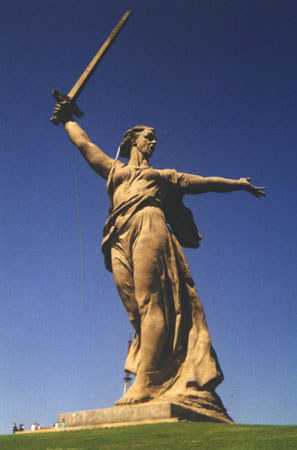
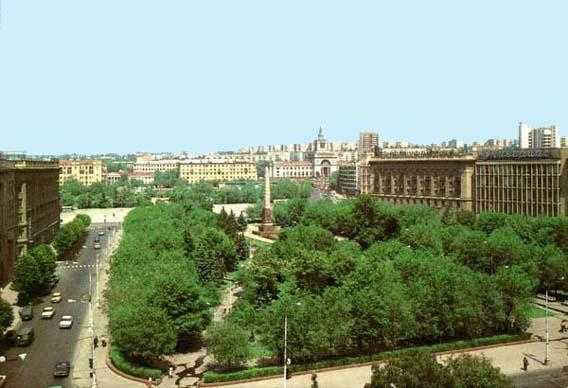 Now it is a beautiful modern city with high buildings, schools, institutes, universities, theatres and museums. Volgograd attracts a lot of tourists, especially in spring and summer due to the warm climate, a plentyof fruit and vegetables and because of the Volga beach.
Now it is a beautiful modern city with high buildings, schools, institutes, universities, theatres and museums. Volgograd attracts a lot of tourists, especially in spring and summer due to the warm climate, a plentyof fruit and vegetables and because of the Volga beach. 